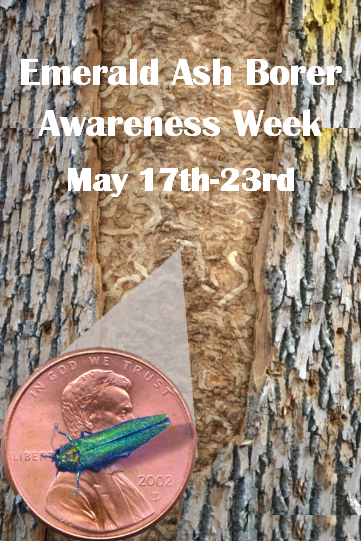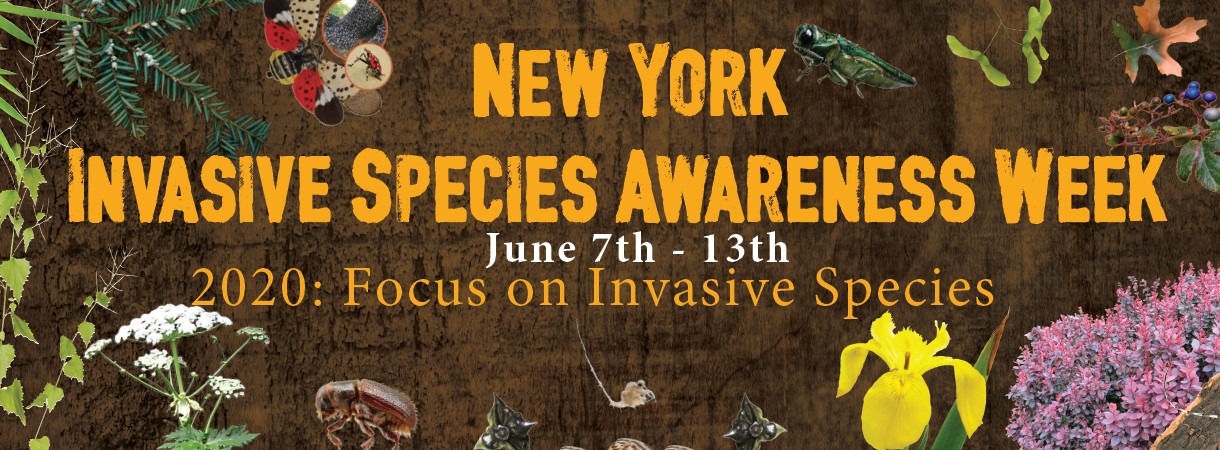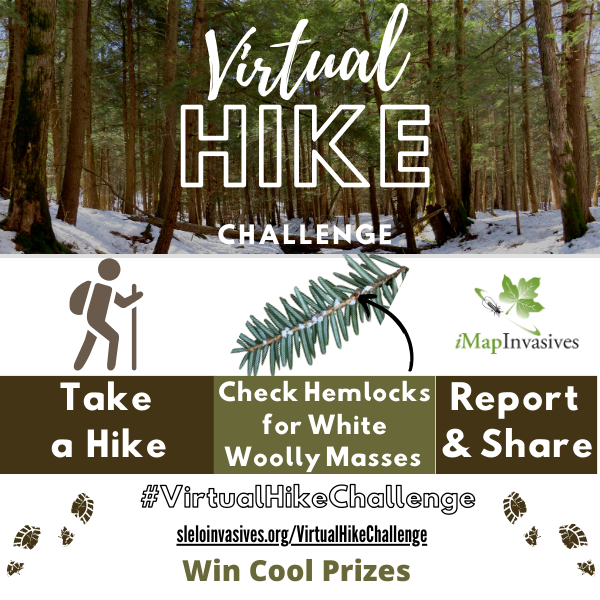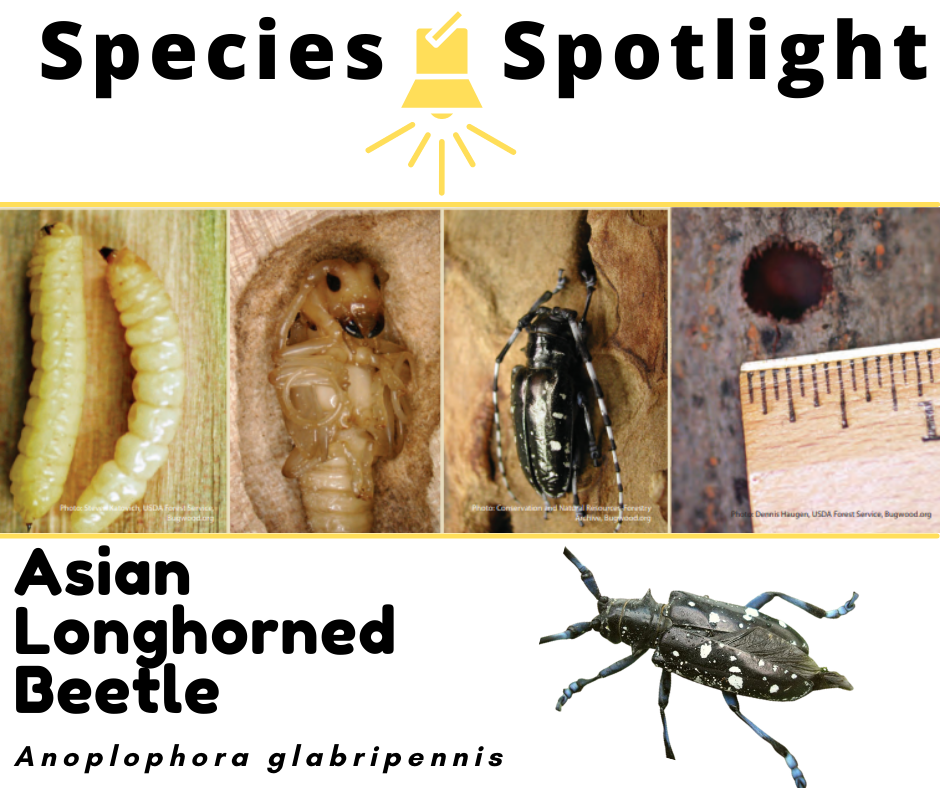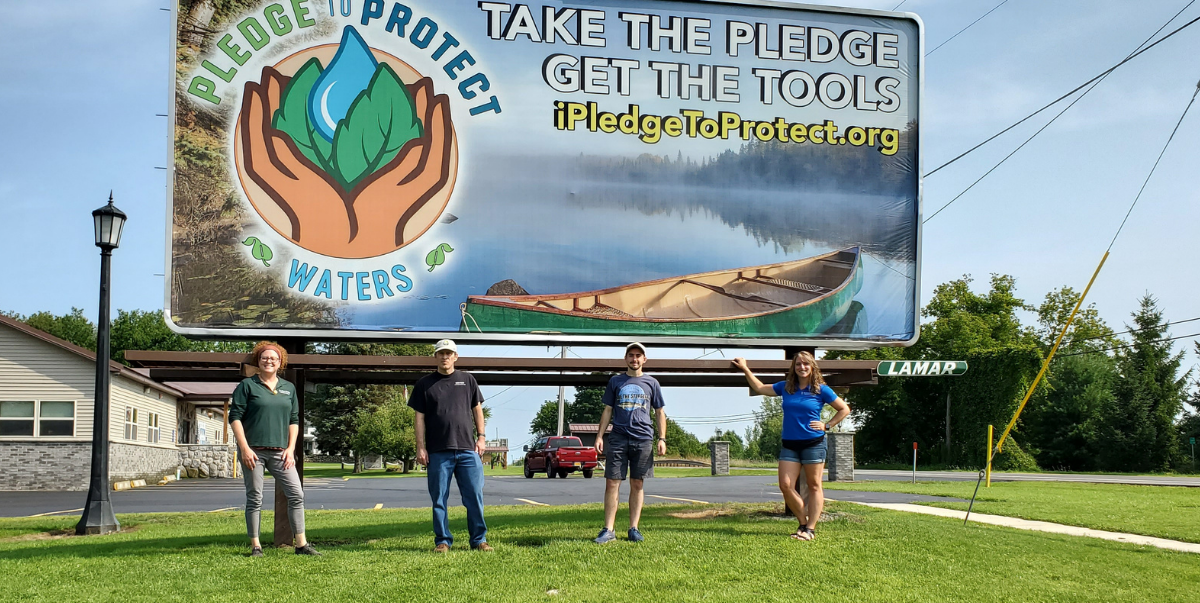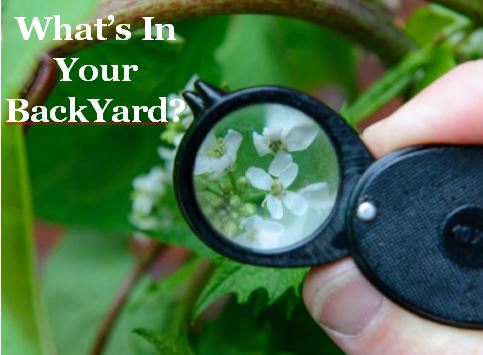Join upcoming restoration plantings, guided hikes and other volunteer opportunties.

Volunteer Opportunities

Protect Pollinator Habitat
Specialized relationships between plants and insects are vital to the lifecycle of many pollinators. Invasive plants can easily overtake pollinator habitats. You can help by planting pollinator host plants and by removing invasive plants on your property. Learn more in this Protector’s Blog!

Protector’s Activity: Check for SLF While Traveling
Attention travelers, spotted lanternfly (SLF) can easily hitchhike on your vehicles. Be sure to check the grill and wheel wells of your vehicle for SLF adults and eggs while doing end of season traveling.

2023 Summer Newsletter Cover Story
Beginning June 23rd, 45 people contributed to over 650 total person hours, 25% of which were volunteer hours. Where 6,272 plants were placed in the ground throughout the riparian areas of South Sandy Creek spanning over nearly 30 acres within the Lakeview WMA. Volunteers and staff endured rainy hot weather, and worked hard to install the plants over the course of just five days!

2023 Summer Terrestrial Updates
The latest updates from our Terrestrial Restoration and Resiliency Coordinator, Robert Smith.

2023 Summer Aquatic Updates
Get the latest updates from our Aquatic Restoration and Resiliency Coordinator, Brittney Rogers.
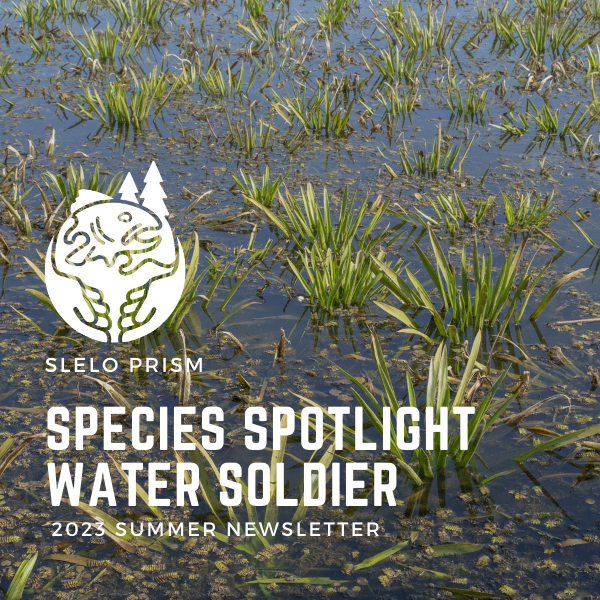
Species Spotlight-Water Soldier
Recently, Water soldier has been detected by commercial fishers at the outlet of the Bay of Quinte. Due to concern for potential spread, the Ontario Ministry of Northern Development, Mines, Natural Resources, and Forestry Surveillance Program is expanding to include Eastern Lake Ontario, and the St. Lawrence River in 2023.

Elm Zig-Zag Sawfly Update
Elm zigzag sawfly (Aproceros leucopoda), an exotic pest native to East Asia that feeds exclusively on elm species, has been detected in many locations across New York State this season. EZS was first detected in St. Lawrence County in August 2022. Since, it has been found in Allegany, Ontario, Madison, Ulster, Schenectady, Albany, Saratoga, Warren, and Clinton, with new counties being confirmed weekly.

Yellow Iris-History, Identification, and SLELO Efforts
Yellow iris is a target species in the SLELO region. Get an overview of the species’ history, and identification, and learn of volunteer removal efforts.
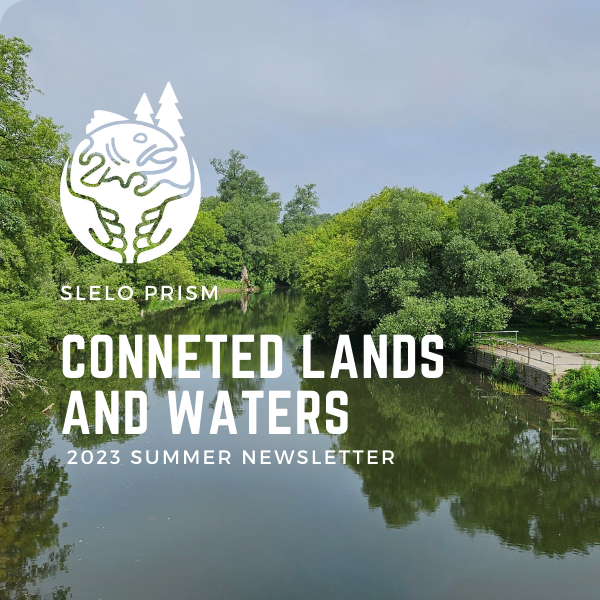
Connected Lands and Waters
By focusing invasive species suppression and habitat rehabilitation on connected areas, both terrestrial and aquatic areas, we can defragment our recovery efforts, preserve the resilience of these systems and augment their natural character to achieve a greater conservation impact.

